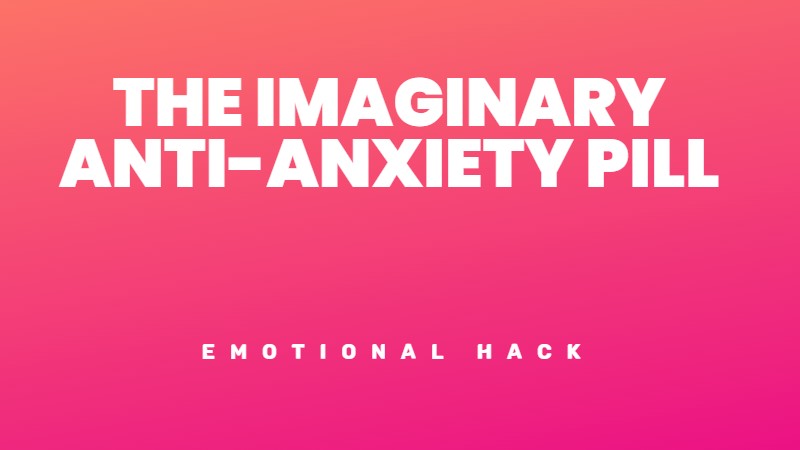When I was a kid, my mother used to tuck me in with a kiss and say:
“Count sheep if you can’t sleep.”
Instead of counting, I wondered: Why sheep? Why not count ducks or balloons or tacos? And why does counting anything help us sleep at all?
I now know the truth about these old wives’ tales. Most don’t work. But buried among the pseudoscience, I found something legitimate:
Mental shuffling
Unlike sheep-counting, mental shuffling has solid science behind it. When your brain shifts from wakefulness to sleep, it naturally produces random, disconnected thoughts and images. By purposely generating random words, you’re tricking your brain into thinking it’s already falling asleep.
I tested this on myself during a particularly bad bout of insomnia last summer. Word by scattered word, letter by jumbled letter, my analytical mind surrendered to sleep.
The cure for my insomnia was a kindergarten-level word game.
What is mental shuffling?
Mental shuffling is a powerful sleep technique that breaks thought loops by focusing your mind on random, unrelated words. This simple mental exercise signals to your brain that it’s time to sleep by mimicking the natural thought patterns that occur as we drift off.
The technique was developed by Luc P. Beaudoin, a cognitive scientist at Simon Fraser University. After suffering from insomnia himself, Beaudoin created this method based on research suggesting our minds naturally fill with disconnected images and thoughts as we transition to sleep.
How to do mental shuffling tonight
This process works by being just engaging enough to distract you from anxious thoughts but not so stimulating that it keeps you awake. As you visualize random words, your brain mimics the natural transition to sleep.
Why mental shuffling works
Mental shuffling stops your mind from problem-solving or worrying by interrupting thought patterns with unrelated words and images. According to Dr. Beaudoin, these disconnected images mimic how our brains naturally behave when falling asleep.
The technique has gained popularity since Dr. Beaudoin first presented his research in 2016 at the Associated Professional Sleep Societies conference. While more research is needed to confirm its effectiveness as a primary treatment for insomnia, many people report success.
Make it your own
Many people have created their own variations of mental shuffling:
When to try something else
If mental shuffling isn’t working after 20 minutes or you find yourself getting frustrated:
Sleep specialist Dr. Shelby Harris suggests calm activities like reading old cookbooks or working on jigsaw puzzles as alternatives when mental shuffling isn’t working.
Real success stories
Dr. Joe Whittington, an emergency room physician with over 20 years of experience, found mental shuffling helped him break free from replaying chaotic hospital shifts in his mind. After trying deep breathing, meditation, and melatonin without success, mental shuffling finally gave him relief.
“It forces my mind out of that loop and into a state where I can finally rest,” says Dr. Whittington, who has shared the technique with his 750,000+ Instagram followers.
Bottom line
Stop spending money on sleep aids that don’t work and take back your nights with this simple technique.
Start with a five-letter word tonight. List words beginning with each letter. By the third letter, you’ll likely feel your thoughts slowing, your body relaxing, and sleep approaching. If not, switch words and try again.
Remember that good sleep hygiene practices, such as keeping a regular schedule, creating a comfortable sleep environment, and limiting screen time before bed, will make mental shuffling even more effective.
Sweet dreams!




Leave feedback about this